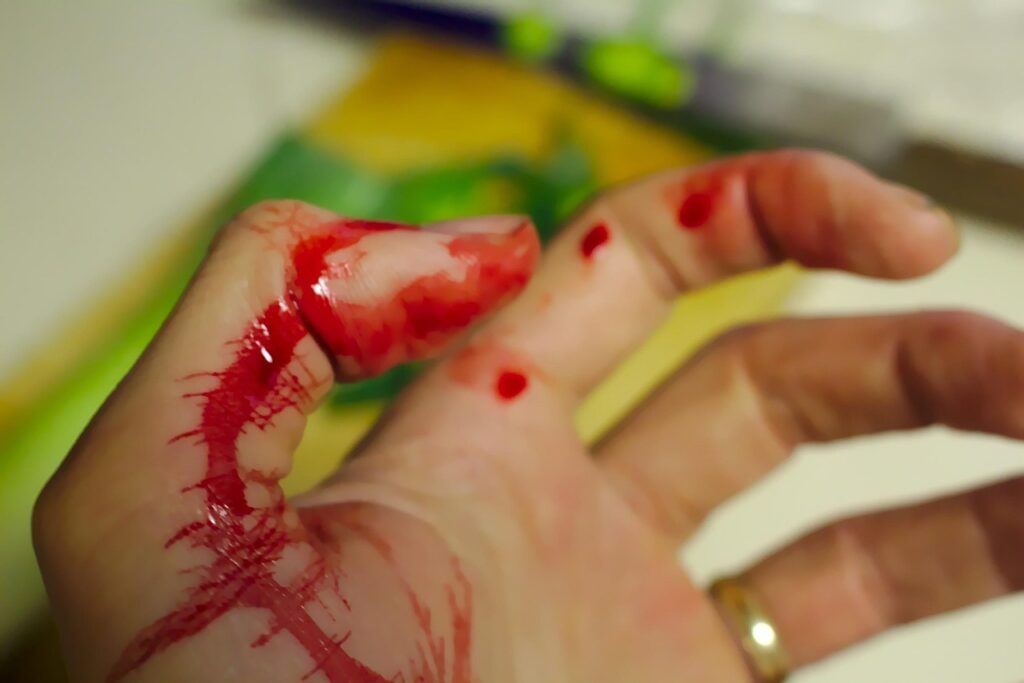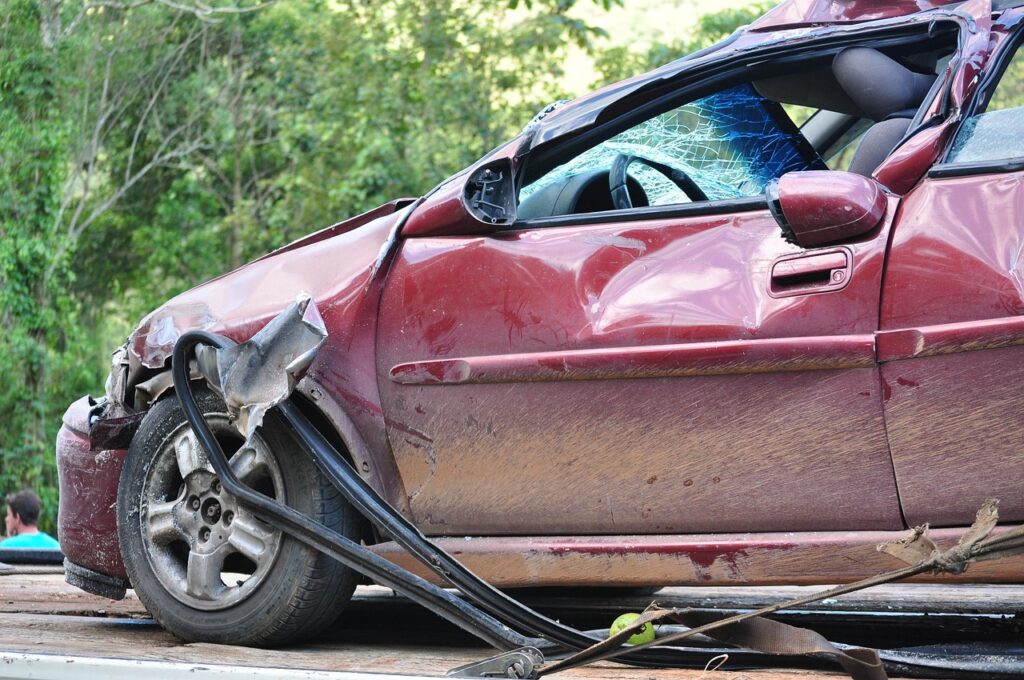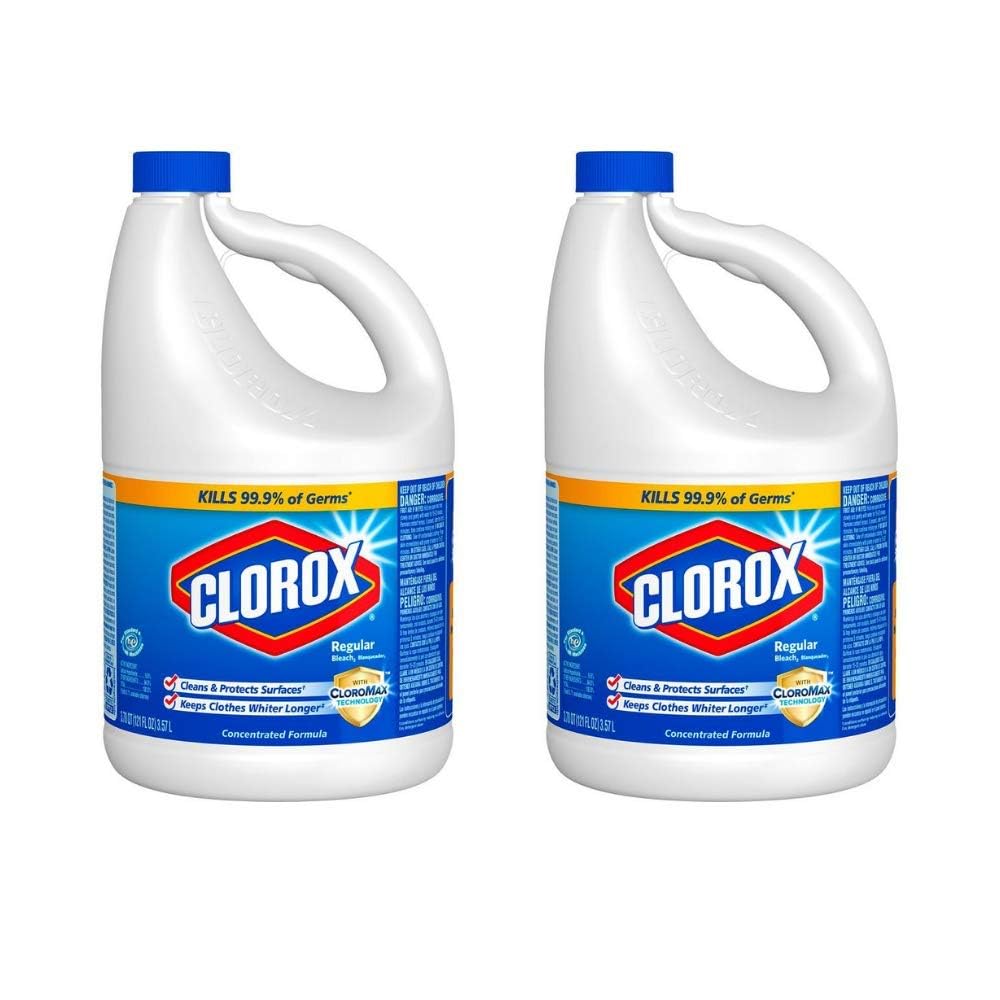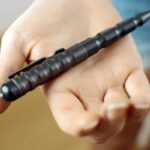One of the many jobs I’ve had over the years while trying to make ends meet was working on a factory assembly line. One of the workers at the line opposite mine would routinely get cut from the sheet metal on the units we were building. This often resulted in drops of blood dripping down the side of the unit. One of the final steps in the line was wiping the blood off with a shop rag. The company wasn’t happy to find out that this wasn’t in any way, shape, or form an appropriate way to handle the mess, due to potential bloodborne pathogens.
What Are Bloodborne Pathogens?
These are disease-carrying organisms that live in the blood. They can cause diseases like malaria, HIV, Hepatitis B and C, and others. Any bodily fluids, including vomit, urine, feces, and mucous from sneezing or coughing, could carry pathogens. For the purposes of our discussion here, we’re concentrating on blood. However, everything here applies across the board when dealing with bodily fluids that may be contaminated by bloodborne pathogens.

Protect Yourself First
If you’re responding to an emergency situation, such as an accident, take a second to protect yourself before you dive in. Check the area to ensure there are no hazards. For example, if it’s a car accident, make sure you aren’t in danger of getting hit by traffic.

Always assume that any blood is contaminated unless you know for certain otherwise. Don personal protective equipment (PPE). Most commonly, this will be nitrile gloves, though masks and even eye protection aren’t necessarily out of line. Put on gloves before you touch anything to avoid contact with bloodborne pathogens. Be observant and careful as you move around, so you don’t get cut or scratched by any sharp debris.
Clean Up Best Practices
If you’re tasked with cleaning up blood, there are a few recommended approaches to keep in mind.
Depending upon the extent of the situation, you might use kitty litter or a similar absorbent material to surround the blood first. This will help prevent it from spreading until you can get it all cleaned up.
Disposable towels should be used to soak up as much blood as possible. Dispose of these in a plastic trash bag. To clean surfaces, use a 1:10 bleach to water ratio solution. One way to make the math easy is 0.5 cup of bleach to 4.5 cups of water. Leave this solution sitting on the surfaces for about ten minutes before rinsing. It’s a good idea to open windows or otherwise ventilate the area to prevent a buildup of bleach fumes.

Any broken glass or similar sharp debris should be put into a paper grocery sack. If you dump the glass into a plastic bag, it’ll likely just cut through.
All used PPE should be placed into the same garbage bag as the rags. Scoop up the kitty litter, if used, and dump it into the bag as well. Carefully close and seal all bags securely.
Wash your face, hands, and any other exposed skin with soap and warm water. If you don’t have those available, use hand sanitizer. However, avoid applying it to your face.
Read the full article here













